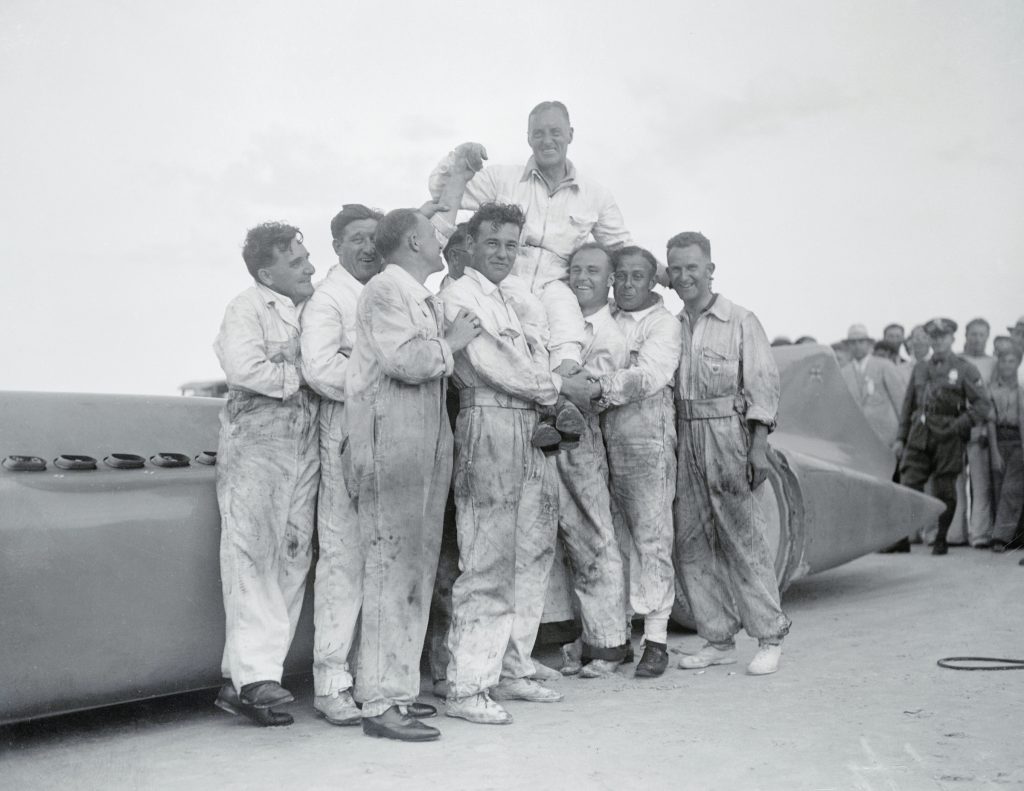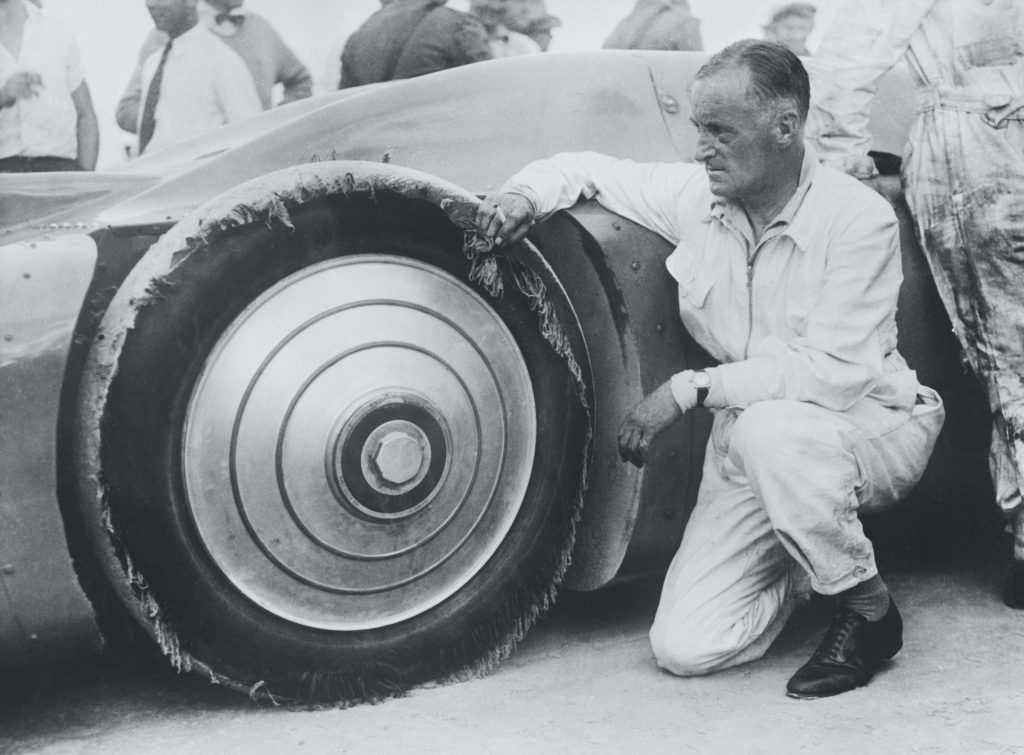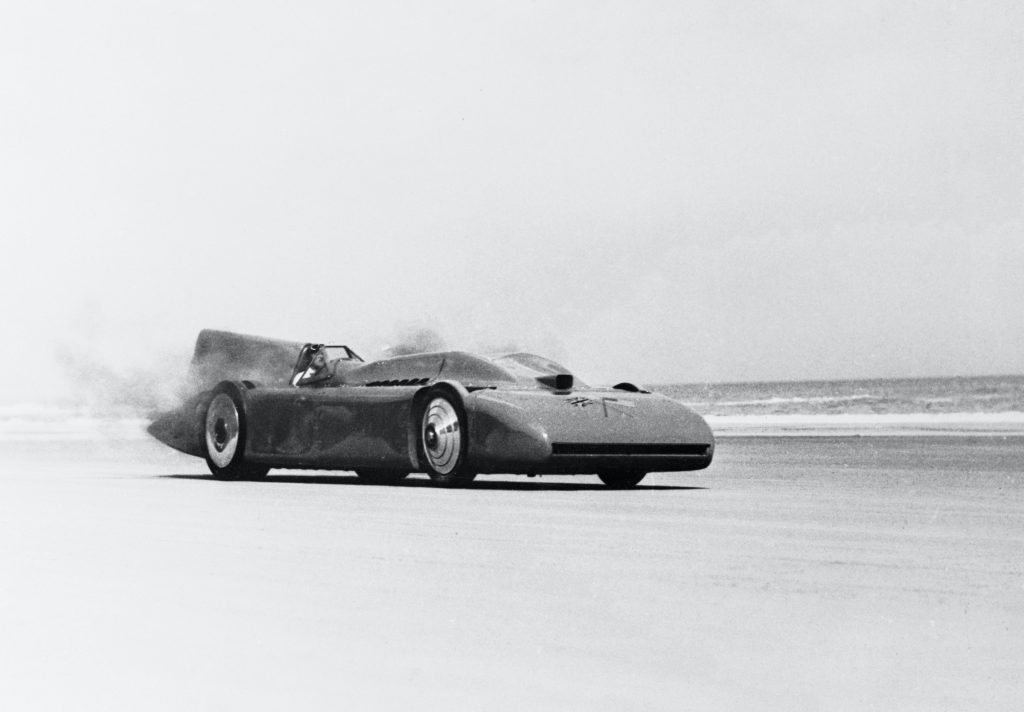Welcome to Freeze Frame, our look back at moments from this week in automotive history.
March 7, 1935: Malcolm Campbell hits 276mph
Malcolm Campbell was no stranger to land speed records by the mid 1930s, having first wowed the public by hitting a near-unimaginable 146mph in his Sunbeam in September 1924, at Pendine Sands in Wales.

Progress really took off in the 1930s, and Campbell had already added a full 100mph to that 1924 tally by 1931. By this time, record-setters were using Daytona Beach in Florida, known for its wide expanses and smooth surface, but by the mid 1930s it was itself falling out of favour as attention turned to the world’s dry lake beds, with longer, firmer surfaces better suited to ever-increasing speeds. It would be Campbell who set Daytona’s final land speed record on March 7, 1935.
Then, as now, land speed teams had to wait for perfect conditions for a record-breaking run, and the team had to wait weeks for a surface appropriate for hitting speeds in the high 200s.
Campbell had already reached more than 272mph in February 1933 in his latest Campbell-Railton Blue Bird, but the 2350 horsepower supercharged Rolls-Royce V12 had even then caused massive problems with wheelspin; achieving traction through skinny tyres on a sandy surface was no easy feat.
1935’s attempt proved equally difficult. Motor Sport described good weather and surface conditions on the day, but on Campbell’s first run he sprained his wrist changing gear as the car bucked and weaved over 200mph, and afterwards the team discovered that the uneven surface had torn away the treads from the front tyres – though Campbell was in praise of their resilience.
Nevertheless on this first attempt he was already on a par with the 1933 record, and travelling the other direction the Campbell-Railton hit 281.030mph, for a two-way average of 276.816mph. It was a new Land Speed Record.

Interestingly, the event was covered with reservation at the time, Motor Sport noting that Campbell’s real goal was the 300mph barrier, and that the Brit may choose to ship the car west before returning to England.
Campbell did just that on September 3 that year, exceeding 300mph for the first time on the Bonneville Salt Flats. Just as he’d taken the last absolute record at Daytona, he would achieve the first absolute record at Bonneville – and the salt flats would become the crucible of further attempts until Richard Noble hit 634mph at Black Rock Desert in 1983.









